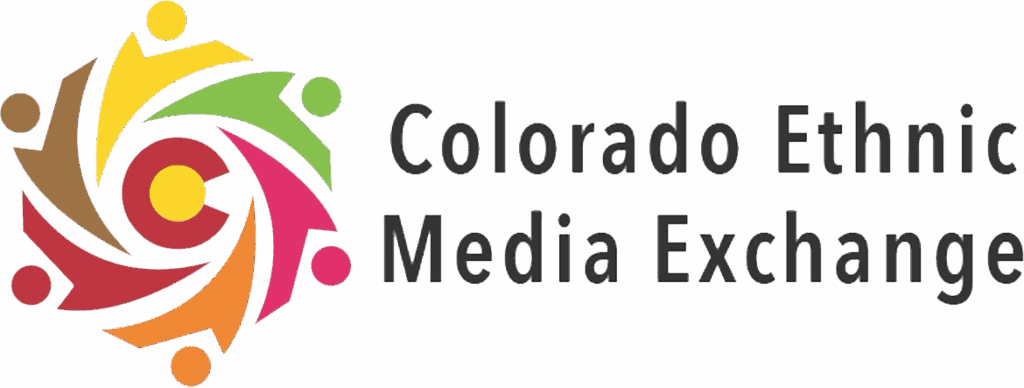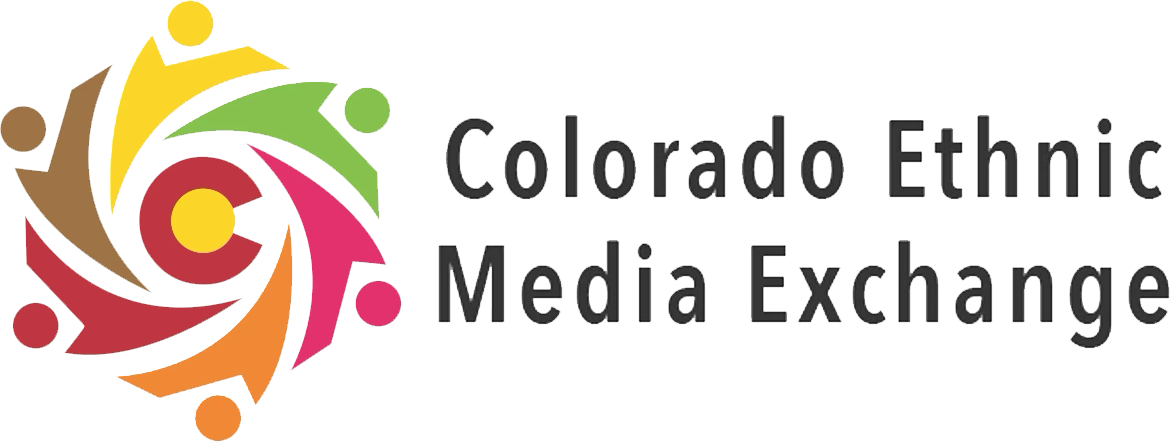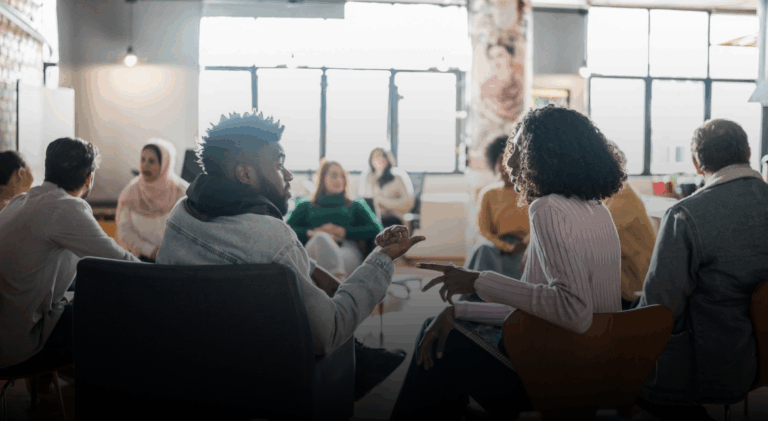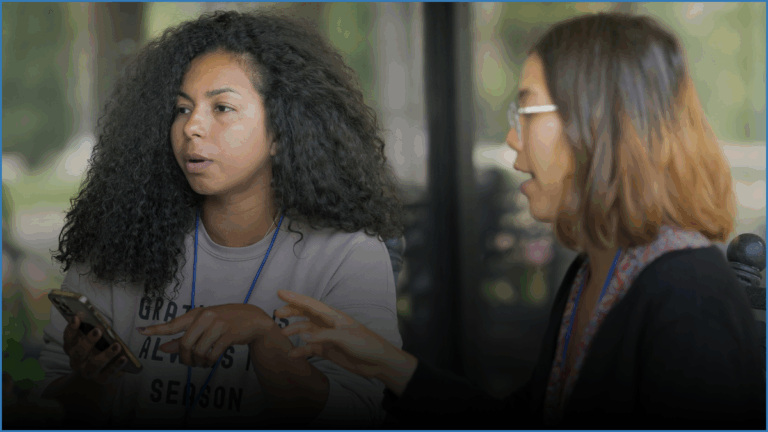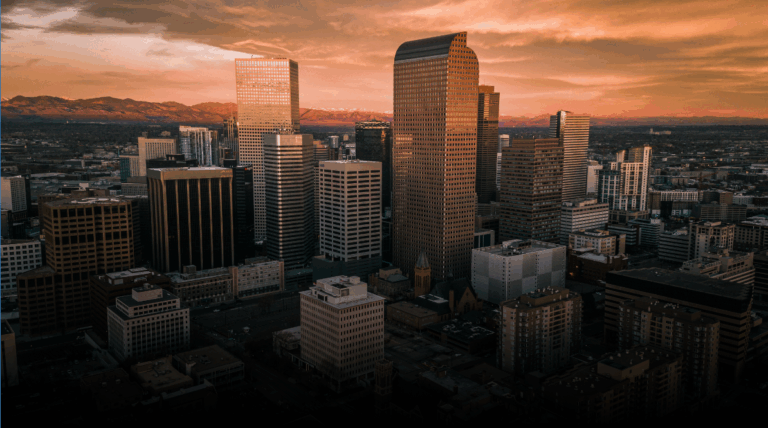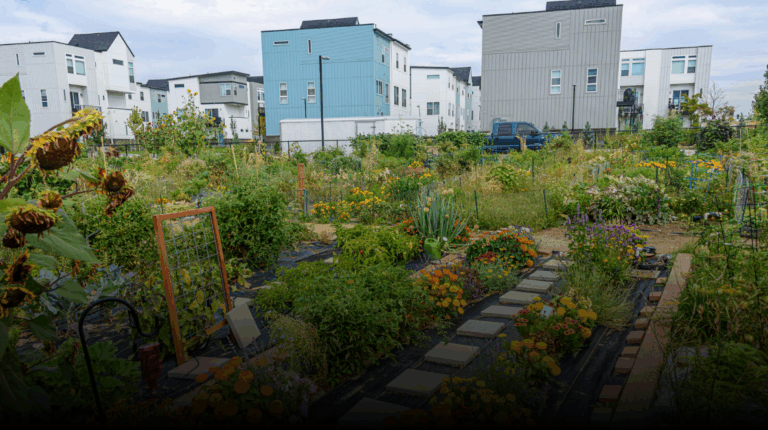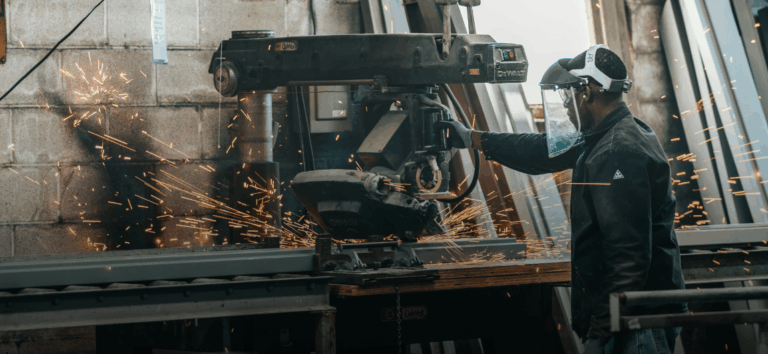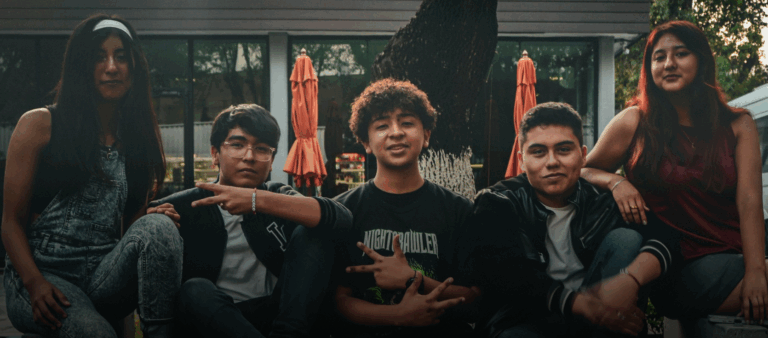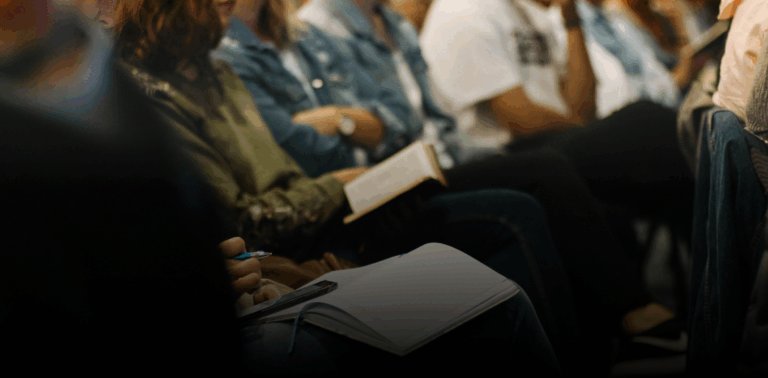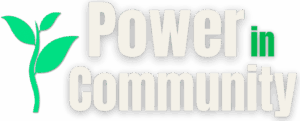
POWER IN COMMUNITY · NO. 7
Missing Ties
Isolation isn’t just a lack of company—it’s a lack of belonging.
When people imagine social isolation, they might picture a windswept ranch miles from the nearest neighbor or an older adult living alone after family moves away.
But some of the most isolated people in Colorado are packed into light rail cars, sitting in coworking lofts, or eating lunch alone in crowded school cafeterias.
The Centers for Disease Control defines social isolation as having few meaningful relationships and little social support. Half of all American adults report feeling lonely, and Colorado is no exception: more than a third of residents say they’re unsure whether they truly belong, according to the 2024 Belonging Barometer from the Colorado Health Institute.
That uncertainty isn’t felt equally. Nationally, three in four Latino adults and nearly 70% of Black adults report high levels of loneliness, according to a 2022 Cigna study. And being near people isn’t the same as feeling connected. As Chris Bui, a senior program officer at The Colorado Health Foundation (CHF), explains: “Isolation can exist even in very dense urban communities. You can be surrounded by people and still feel isolated individually.”
Wider Impact
Social isolation takes a real toll—not just emotionally, but physically, economically, and civically.
On the physical front, chronic loneliness raises the risk of heart disease, stroke, and dementia, and makes it harder for the body to fight off illness. According to the U.S. Surgeon General’s 2023 advisory, the health effects of social disconnection are comparable to smoking up to 15 cigarettes a day.
Mental health suffers too. Without social support, people facing stress and hardship have fewer emotional reserves to draw from. Over time, this can lead to depression, anxiety, and burnout.
Disconnection also frays the fabric of communities. People who feel isolated are less likely to vote, volunteer, or engage in civic life. And those are the very activities that build power, shape systems, and expand opportunity. When participation drops, representation suffers. So do the chances for communities to respond collectively to their shared challenges.

Isolation can exist even in very dense urban communities. You can be surrounded by people and still feel isolated individually.
CHRIS BUI,
SENIOR PROGRAM OFFICER,
THE COLORADO HEALTH FOUNDATION
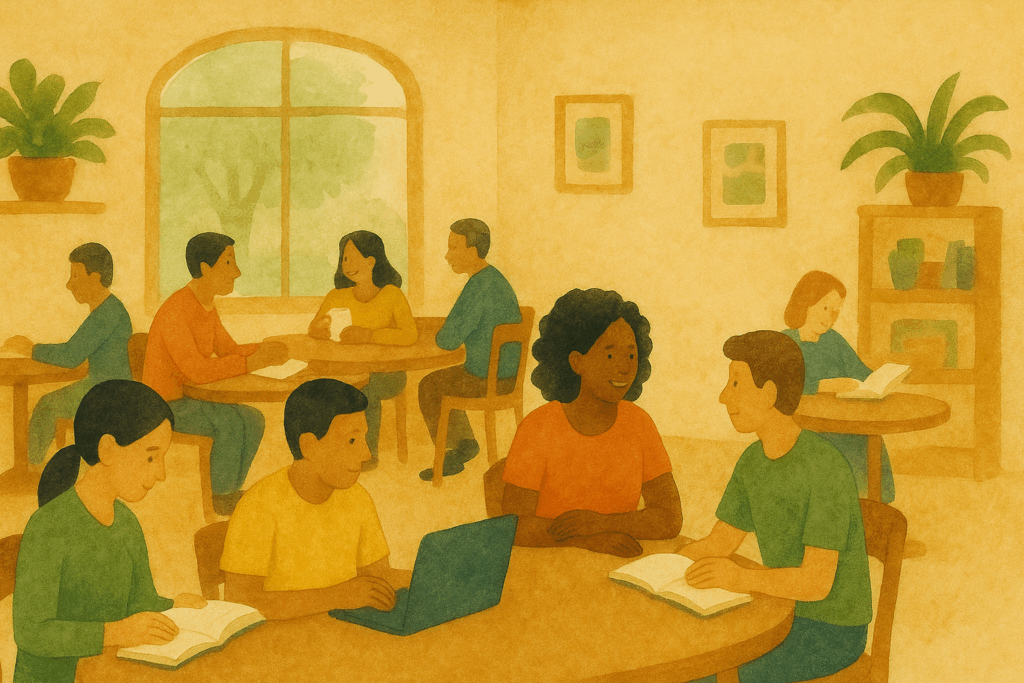
Systems That Shape Isolation
Social isolation isn’t just a matter of personal circumstance.
It’s often shaped, and sometimes imposed, by the systems we move through and the places we call home. You can see this in the ways neighborhoods are designed, and in how systemic discrimination shapes people’s daily choices. Two patterns reveal how that plays out—one rooted in infrastructure, the other in identity.
Built to Divide
In many communities, the design of the physical environment can limit opportunities for connection. When there are no safe, walkable public spaces like parks or plazas, it’s harder to strike up a conversation or simply be around others. Gentrification uproots families and severs the ties that make a place feel like home. And in neighborhoods that feel unsafe or neglected, people are more likely to stay indoors, compounding disconnection.
Denver’s Interstate 70 offers a striking example. When the highway was built, it cut through historically Black and Latino neighborhoods. For residents who remained, it disrupted walking routes and cut off access to nearby businesses. A 2025 study confirmed what many community members have long known: urban highways often act as barriers to social ties, isolating Black communities in many U.S. cities. These legacies of racialized planning still shape how connection happens (or doesn’t) today.
What Pushes People Back
For many Coloradans, social withdrawal is a survival strategy, and their experiences show us how that works. “Trauma is real, and it can permeate every aspect of a person’s life,” says Bui. “Isolation often reflects the deep challenges people face in forming connection” because of that trauma.
For instance, many of the state’s 170,000 undocumented residents live with the daily fear of detention or deportation. That fear shapes choices: skipping school events, avoiding medical care, staying out of public view. Over time, those missing interactions add up, deepening disconnection.
Discrimination also profoundly drives social withdrawal and isolation. People who regularly face racism or surveillance often pull back from institutions and neighbors they’ve learned not to trust.
For LGBTQ+ youth, the impact shows up starkly in the data. In 2021, 39% of Colorado high schoolers reported persistent sadness. Among LGBTQ+ students, that number rose to 69%. For transgender students, it reached 80%. Many also said they felt unsafe at school or lacked a trusted adult. These conditions isolate them further.
Racism, stigma, and economic hardship don’t just increase the risk of disconnection—they also limit access to support in the face of it. That’s why lasting change means building systems that reach back.
Breaking Isolation's Grip
If you’ve followed this series, you’ve seen how some of Colorado’s most promising health and economic opportunity initiatives are fundamentally about connection.
Whether they’re linking neighbors, bridging generations, or affirming shared identity, these programs often address isolation—even when that’s not their stated goal. The way they do it offers valuable lessons about what works. Let’s revisit a few.
Building Trust Through Peer Support
Think back to EC3, the East Colfax group of community navigators who helped immigrant and refugee families access housing assistance during the pandemic. By pairing residents with someone who shared their language and background, EC3 turned a bureaucratic task into a relationship-driven one, and rebuilt trust where many had learned to expect exclusion.
Why it works: Peer-to-peer navigation meets people where they are. Research shows that community health workers and promotoras are effective in strengthening social networks, increasing access to information, and reducing isolation, especially in communities where formal systems have fallen short.
Designing Belonging Into Public Space
“The infrastructure for how our society operates tends to focus on a ‘pull yourself up by your bootstraps—on your own’ mindset,’” says Bui. It’s an attitude that embeds isolation into the very idea of progress.
But think about how progress happened in Clifton, where a grassroots coalition worked with residents to co-design a new playground and park. It wasn’t an individual achievement—it was community powered. Residents made their voices heard, and the result was a park that became a hub for informal connection: where families linger, neighbors catch up, and kids return again and again.
Why it works: Public spaces reduce isolation most effectively when shaped by the people who use them. Studies show that co-designed environments lead to stronger and more sustained community engagement, especially when they reflect the culture and needs of local residents.
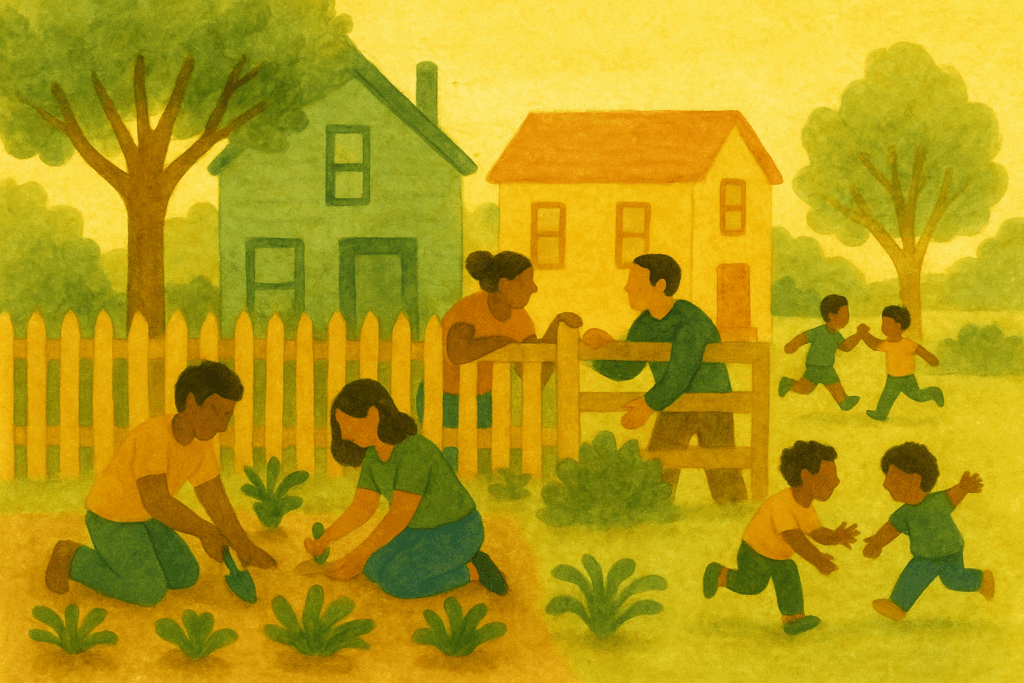
Ownership Creates Connection in Isolating Work
We previously introduced you to the Drivers Cooperative—Colorado: a worker-owned rideshare platform launched by immigrant and refugee drivers. Gig work is often isolating—no coworkers, no shared routines, no physical workplace. That kind of setup makes it harder to build relationships or feel part of something larger.
By grounding their business in shared decision-making, these drivers also built a social support system.
Why it works: Worker-owned companies foster stronger peer relationships and civic participation. Both help protect against isolation, especially in sectors where connection is otherwise rare.
Connection is foundational to a healthy community. The examples above show what’s possible when systems are built around people and connection is a significant aspect of the design.
But how do you know if isolation is showing up in your own life?
Recognizing the Signs of Isolation
Loneliness and isolation are related, but they’re not the same.
Loneliness is something you feel. Social isolation is defined by how your life is organized: where you live, how you get around, whether you have time for connection, and whether systems were built with you in mind.
“People can operate day-to-day and not recognize their social isolation because they don’t necessarily have [the concept] defined,” says Bui. You can feel emotionally fine and still be structurally isolated. It often hides in plain sight, especially for people juggling caregiving, multiple jobs, long commutes, or navigating public spaces that weren’t designed for them.
So, how can you tell if isolation might be taking a toll?
- Does your neighborhood—or your daily routine—make it easy to cross paths with others, or does it keep you separated?
- Do larger forces, like economic pressure or systemic discrimination, get in the way of building and keeping strong social ties?
- Even in the midst of life’s complexity, is there a space or network where you feel seen, supported, and part of something bigger?
If these questions land hard, it’s not a personal failing. It’s a reflection of how unevenly connection is built into our lives, and how often we’re left to patch these gaps alone. The strongest solutions shift our surroundings, building belonging into how schools are run, how public spaces feel, and how services are delivered.
That’s why the most effective responses disrupt the conditions that let isolation take hold in the first place. And across Colorado, communities are building connection on purpose: shared meals at community gardens, worker-owned businesses, parks and gathering spaces shaped by the people who use them.
If you’re already part of a strong network, think about who isn’t and who might show up if asked. Because isolation isn’t just persona; it’s built into our surroundings, and changing that will take a community effort.
The Power in Community series is presented by The Colorado Health Foundation, working statewide to improve the health of Coloradans through community-informed investments and policy change. Learn more at coloradohealth.org.
Distributed by the Colorado Ethnic Media Exchange, a statewide network of newsrooms serving Colorado’s diverse communities and advancing equitable representation in media. Produced by Angle Content & Strategy, which builds mission-aligned content, tools, and partnerships that grow community agency.
About this article: All editorial decisions, reporting, and writing were carried out by human beings. Spanish-language versions were first translated using ChatGPT (OpenAI) and then reviewed and refined by a professional bilingual editor.
All inline illustrations were created using ChatGPT. Featured image generated with Google Gemini.
